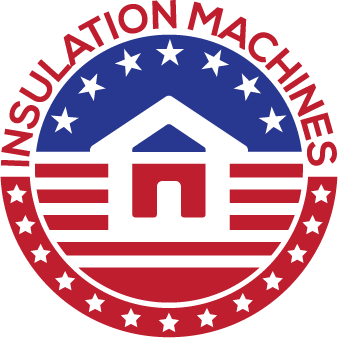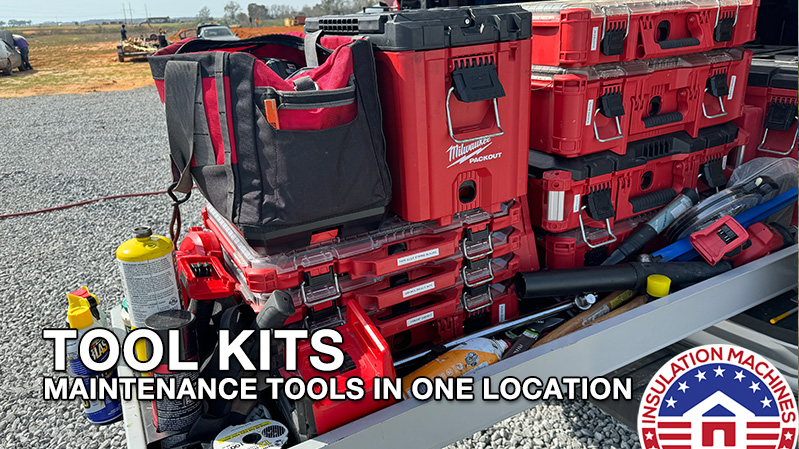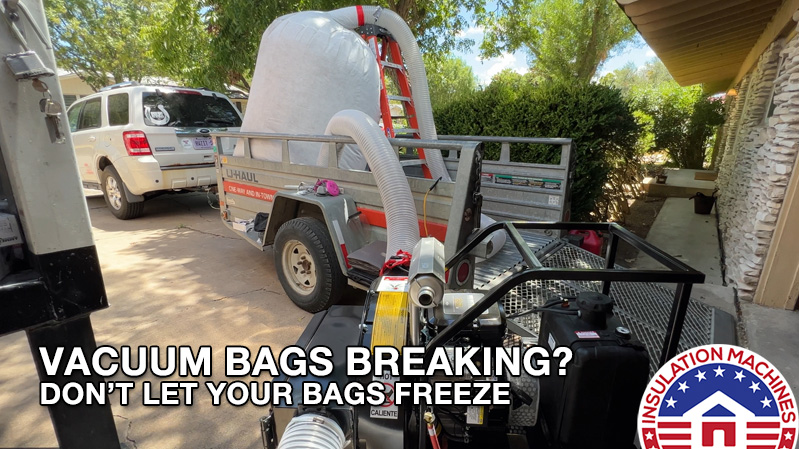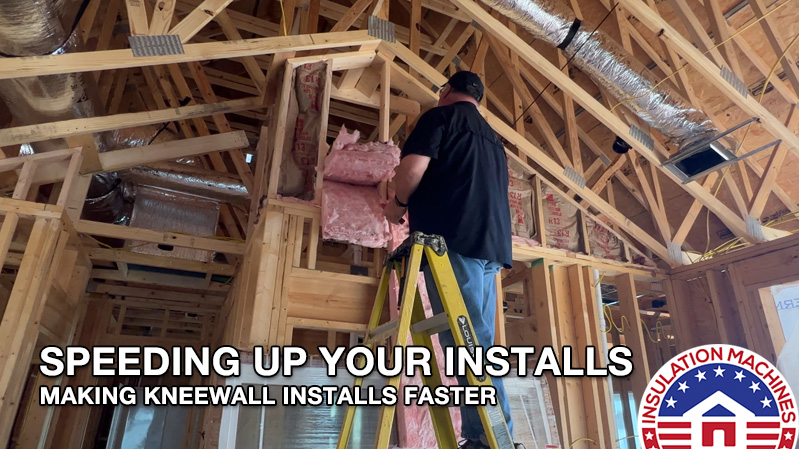Insulation Materials and Techniques that Deaden Sound
Noise pollution is a constant problem. Houses are built by airports, train tracks and with the introduction of high-tech entertainment systems in homes, sound-control is very important. This is an introductory article that explains various insulating materials and techniques to help control sound that comes from the outside and within.
- Foam: Foam is a superior sound BARRIER product, however, it does not ABSORB sound. In fact, it amplifies noises within a structure.
- Rockwool: Rockwool is used in many professional sound studios because it creates a great BARRIER and it is a great ABSORPTION product. Typically, Rockwool can be found in sheets of various thickness which can be cut to fit the space. It is made up of industrial furnace slag and is fireproof.
- Cellulose: Cellulose is a great sound BARRIER product AND it is a great sound ABSORBTION product when it is installed into a wall cavity with a 3.5 (or greater) PSI density.
- Hybrid Foam/Cellulose: A recent trend is to spray a skim coat (1-2”) of foam into a cavity and then to fill the rest of the cavity with cellulose. This technique works very well. It provides a great BARRIER against outside noises while providing a sound ABSORBTION for the inside.
- Fiberglass: Like cellulose, is a great sound BARRIER and great sound ABSORBER when it is installed into a wall cavity with a 3.5 (or greater) PSI density or in high density batt form. [1. There is a debate among the cellulose manufacturers and fiberglass manufacturers as to who has the best system. For the general public, who wants to deaden sound in a residential home or small office, it really becomes a matter of preference as there is no real measurable difference between the two products.]
- Air: Yes, air is a key component to creating a superior BARRIER. Some buildings have two walls with a gap between them. The isolated air pocket prevents the transmission of sound. Apartment buildings and hotels typically have two walls between each living compartment. Each wall is insulated with roughly a 2” gap between both.




